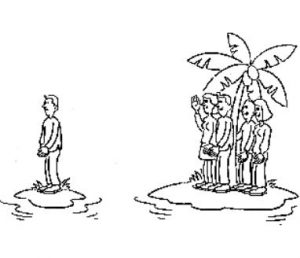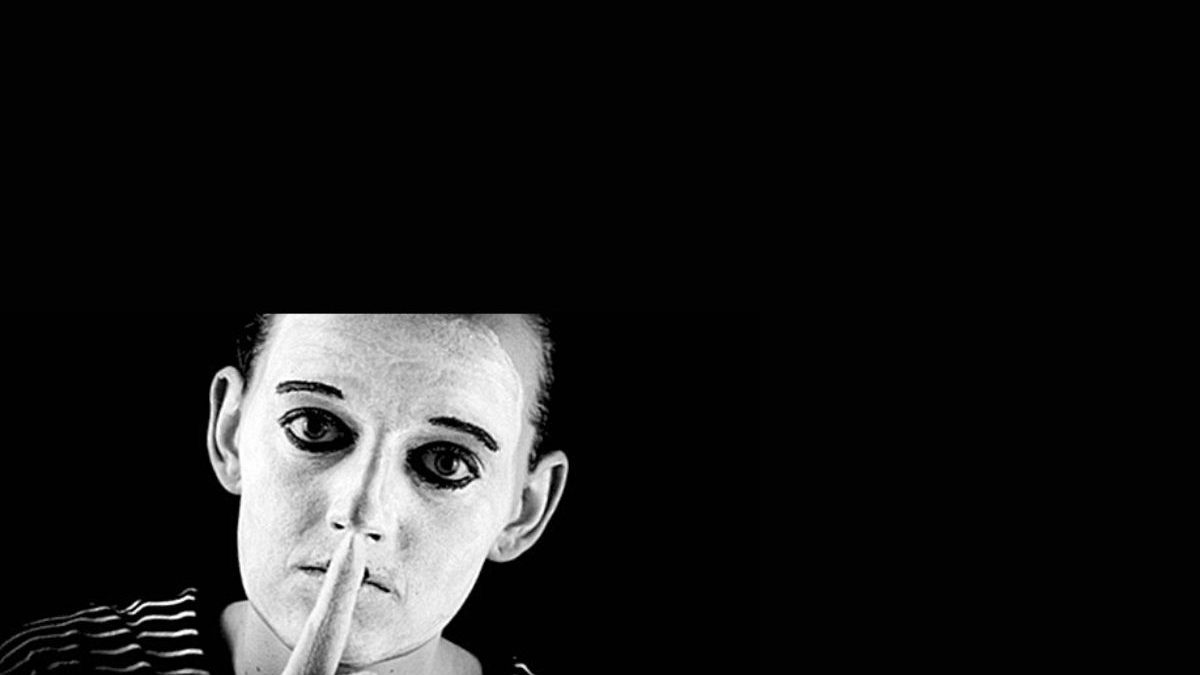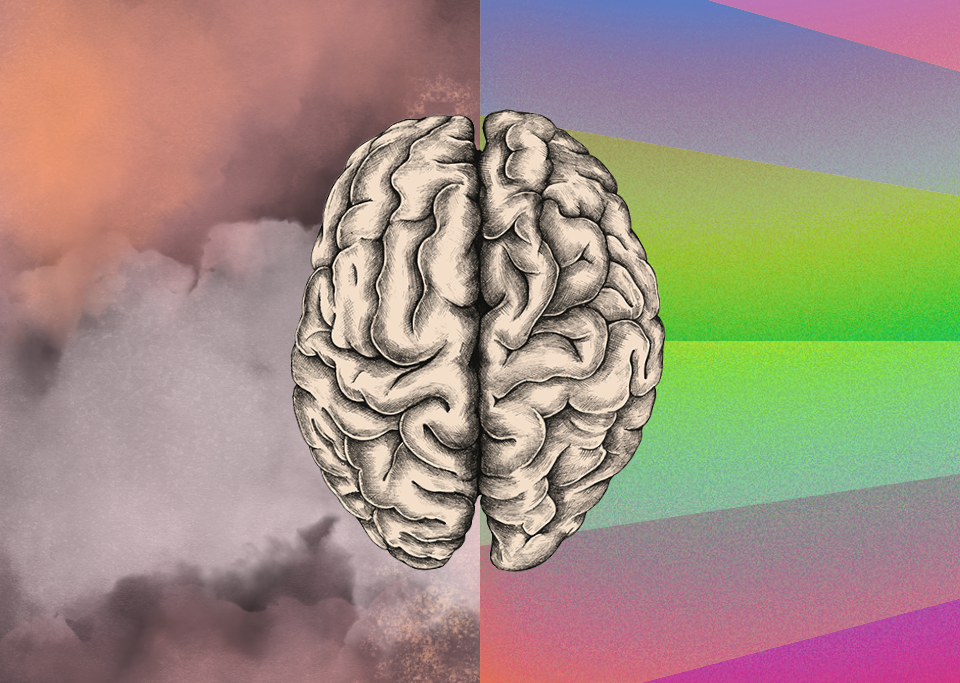- Mail:
- info@digital4pro.com
The Spiral of Silence by Noelle-Neumann

Automotive: Mattia Vanini, Partner & Project Manager Gruppo Autotorino
20 Luglio 2020
La Spirale del Silenzio di Noelle-Neumann
21 Luglio 2020What is
It is true that, according to the Dalai Lama, “when you speak simply repeat what you already know; when you listen, on the contrary, you can learn something new “, but the ability to express your opinion is a fundamental prerequisite for triggering an innovation process in an organization.
Elisabeth Noelle-Neumann’s Spiral of Silence method is a model that explains why people are unwilling to express their opinions in public when they believe they are in the minority.
The spiral pattern of silence describes the growing pressure that people notice to hide their opinions when they believe they are in the minority.
![Figure 1 - The Spiral of Silence by Noelle-Neumann [Source: Science ABC].](https://www.digital4pro.com/wp-content/uploads/2020/07/1-2-300x257.jpg)
Figure 1 – The Spiral of Silence by Noelle-Neumann [Source: Science ABC].
- Individuals have a “quasi-statistical organ”, a sort of sixth sense, which allows them to know the prevailing public opinion even without access to surveys;
- Individuals are afraid of isolation and know how to recognize which behaviors will increase the probability of being socially isolated;
- Individuals are reticent to express their minority views mainly out of fear of being isolated.
- In her 1984 book, Noelle-Neumann examines public opinion as a form of social control. Individuals almost instinctively notice the opinions of those around them, modeling their behavior based on prevailing attitudes about what is deemed acceptable.
The more a person believes that their opinion is similar to the prevailing public opinion, the more they are willing to openly disclose that opinion in public. Then, if the public sentiment changes, the person will recognize that the opinion is less favorable and will be less willing to publicly express this opinion.
If the perceived distance between a person’s public opinion and personal opinion grows, that person will be less likely to want to express his opinion.

Figura 2 – La Spirale del Silenzio di Noelle-Neumann [Fonte: Blogspot]
The Spiral of Silence and negotiation
As reported by Alessandra Colonna, in her book “The negotiation manager. Creating value and social capital in the company”, a study conducted by Neil Rackham and John Carlisle “shows that expert negotiators formulate exactly double the questions compared to the average and that they spend a percentage close to 38.5% of the time to acquire and verify information, compared to an average of 18%. A study on US lawyers cited by G. Richard Shell found that “the most experienced negotiators are those who are able to probe the counterparty’s positions””.
“Already among the school desks – continues Alessandra Colonna – asking questions is stigmatized as a generic index of unpreparedness or a lack of dissent, in consideration of a tendentially academic approach and often of dogmatic inclination of our educational system, rather than being evaluated and encouraged as a manifestation of healthy curiosity, willingness to deepen or interest in a better understanding”.
The Spiral of Silence and innovation
The thesis of Elisabeth Noelle-Neumann is therefore that the mass media, but especially television, thanks to the considerable power of persuasion on public opinion, are able to emphasize prevailing opinions and feelings, by reducing the silence to the options minorities and dissenters.
Specifically, in fact, the theory states that a single person is discouraged from expressing and recognizing himself an opinion that he perceives to be contrary to the opinion of the majority, for fear of reprobation and isolation by the alleged majority.
This causes people who find themselves in such situations to be forced to close themselves in a silence which, in turn, increases the collective perception (not necessarily exact) of a different opinion of the majority, thus reinforcing in a process dynamic, the silence of those who believe they are minorities.
Albert Einstein used to say: “Often everyone is convinced that something is impossible to achieve, until a naive person who does not know and realizes it arrives”. Often in the organizations in which we operate, conditions can arise in which people are discouraged from expressing ideas that diverge from the opinion of the mass.
Innovation also passes through the creation of a climate conducive to the expression of divergence.
Bibliography:
- The Spiral of Silence: Public Opinion – Our social skin, Elisabeth Noelle-Neumann
- The theory of public opinion: The concept of the Spiral of Silence, Elisabeth Noelle-Neumann
- The negotiation manager. Creating value and social capital in the company, Alessandra Colonna




